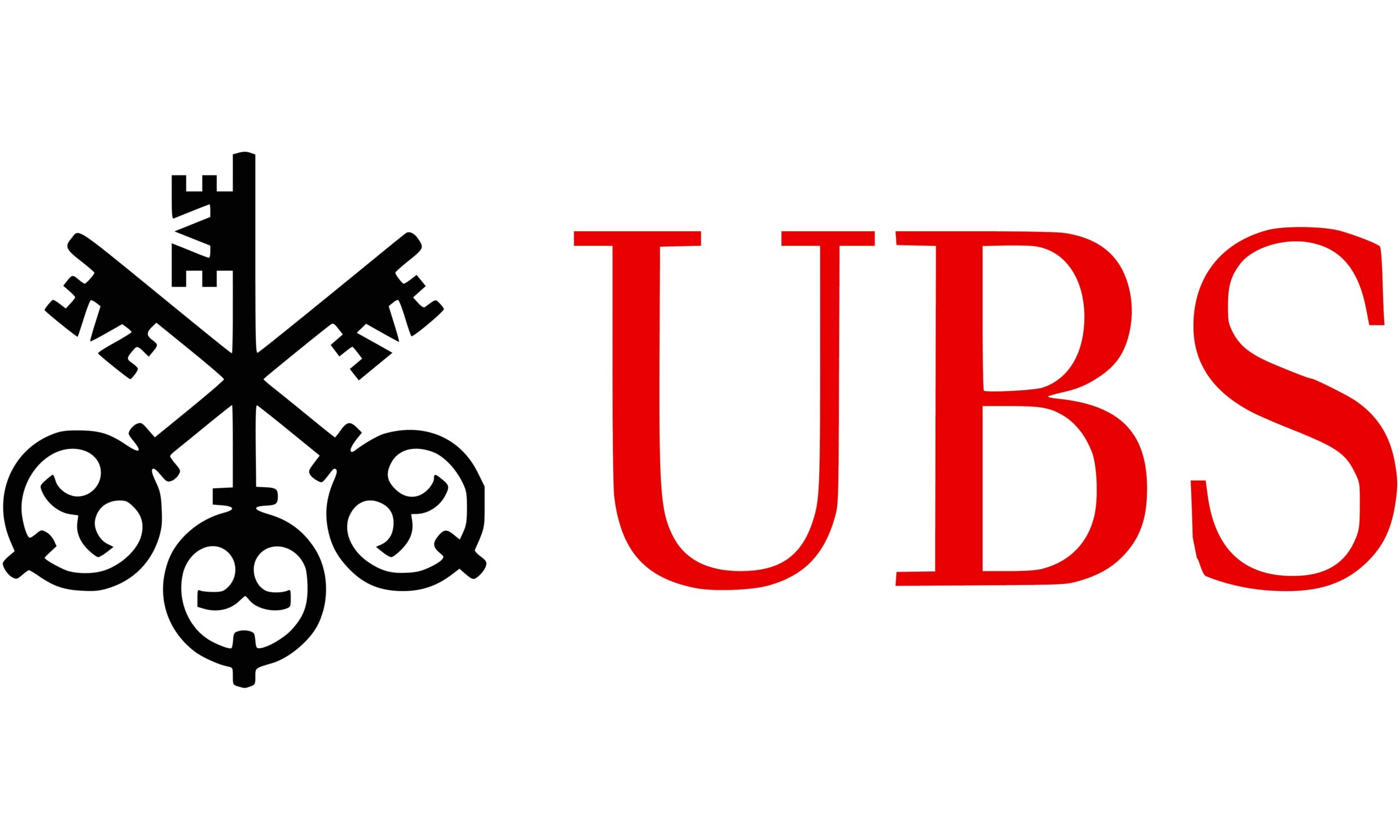Deutsche Bank – Synthetic Equity & Index Strategy – Asia Through Train to Connect China A-shares with MSCI
SH-HK Connect increases the chance of China A share inclusion
CSRC and SFC announced that the Stock Connect will start on November 17. On November 14, China’s State Administration of Taxation announced new tax rules and clarifications regarding the Connect and QFII/RQFII. While clarification is still needed on a number of issues and how smooth the program will run remain unknown, we see the Stock Connect will remove some of the major obstacles for China A shares to be included in global benchmarks such as MSCI Emerging Market (EM) index.
China has made significant progress in market liberalization
The pace of reform and market liberalization in China has been accelerating in the past 18 months. A number of key changes (MSCI roadmap, QFII/RQFII expansion, “New National Nine Rules”, SH-HK Connect, Tax Clarification) have been announced this year. The timing and magnitude of these changes exceed the expectations of many investors.
MSCI road map and timeline
MSCI included China A shares in the review list for potential inclusion to its EM index back in June 2013. The index currently includes only some of the Chinese shares listed in Hong Kong and B-shares listed in China. In March 2014, MSCI put out a roadmap for inclusion of China A shares, starting from 5% of the free float market cap. MSCI will announce its decision in June 2015. If MSCI decides to include China A shares, the first change will be implemented in May 2016. While the first inclusion may be small, it is an important milestone in opening up China’s equity market.
The Connect does not completely resolve the market accessibility issue
Currently the Connect covers Shanghai listed stocks only, not including stocks listed in ShenZhen, which excludes about one third of the A share stocks to be included in the MSCI China. The daily quota of 13 bn RMB for the northbound of the Connect, which is on a first-come-first-serve basis, may cause problem for index fund managers on the rebalance day. They often would like to trade at or near the market close to minimize tracking error. Furthermore, the current tax exemption doesn’t have time limit, and the tax for prior gains is not clear.
MSCI is likely to include China A shares in the near future
In our view, MSCI is likely to announce the inclusion of China A shares in June, to be implemented in May 2016, if the Connect runs smoothly and further extends to ShenZhen, tax issue is further clarified, daily quota is not a big hurdle, and QFII/RQFII continue to expand. In addition, the Connect may increase the initial MSCI inclusion from 5% to 10% or more. Of course this is based on a number of assumptions. MSCI’s decision will not be based on future expectations, and actual timing of the inclusion is in the discretion of MSCI index committee. Regardless, we are optimistic that in the next 2-3 years China A shares will be included in one or more major global benchmarks.
We view index inclusion as a positive catalyst to the A share market
Inclusion of China A shares in MSCI or other major benchmarks could improve the sentiment and provide significant support for the market going forward. We estimate the proposed 5% inclusion could potential attract over $8bn inflow to China A shares, while a full inclusion may lead to $140 bn inflow, which is about 30% of the free float market cap in MSCI China A index.

 Nyheter3 veckor sedan
Nyheter3 veckor sedan
 Nyheter3 veckor sedan
Nyheter3 veckor sedan
 Nyheter3 veckor sedan
Nyheter3 veckor sedan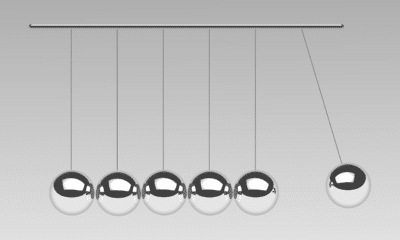
 Nyheter2 veckor sedan
Nyheter2 veckor sedan
 Nyheter2 veckor sedan
Nyheter2 veckor sedan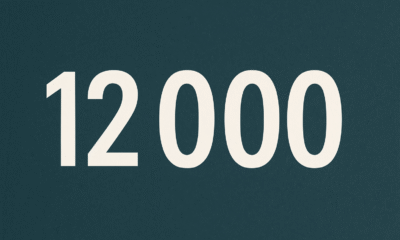
 Nyheter2 veckor sedan
Nyheter2 veckor sedan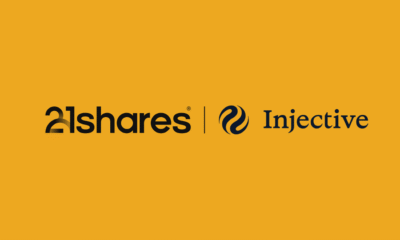
 Nyheter2 veckor sedan
Nyheter2 veckor sedan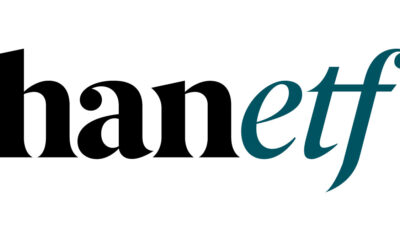
 Nyheter2 veckor sedan
Nyheter2 veckor sedan















